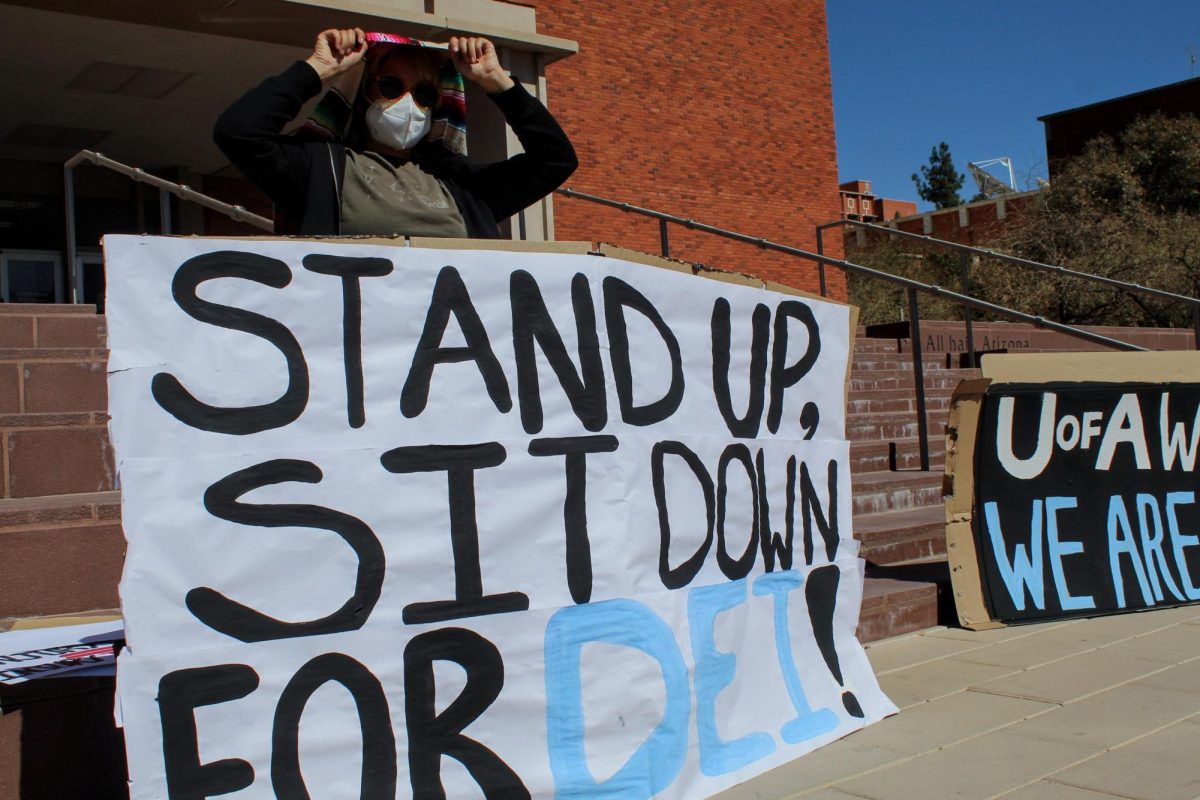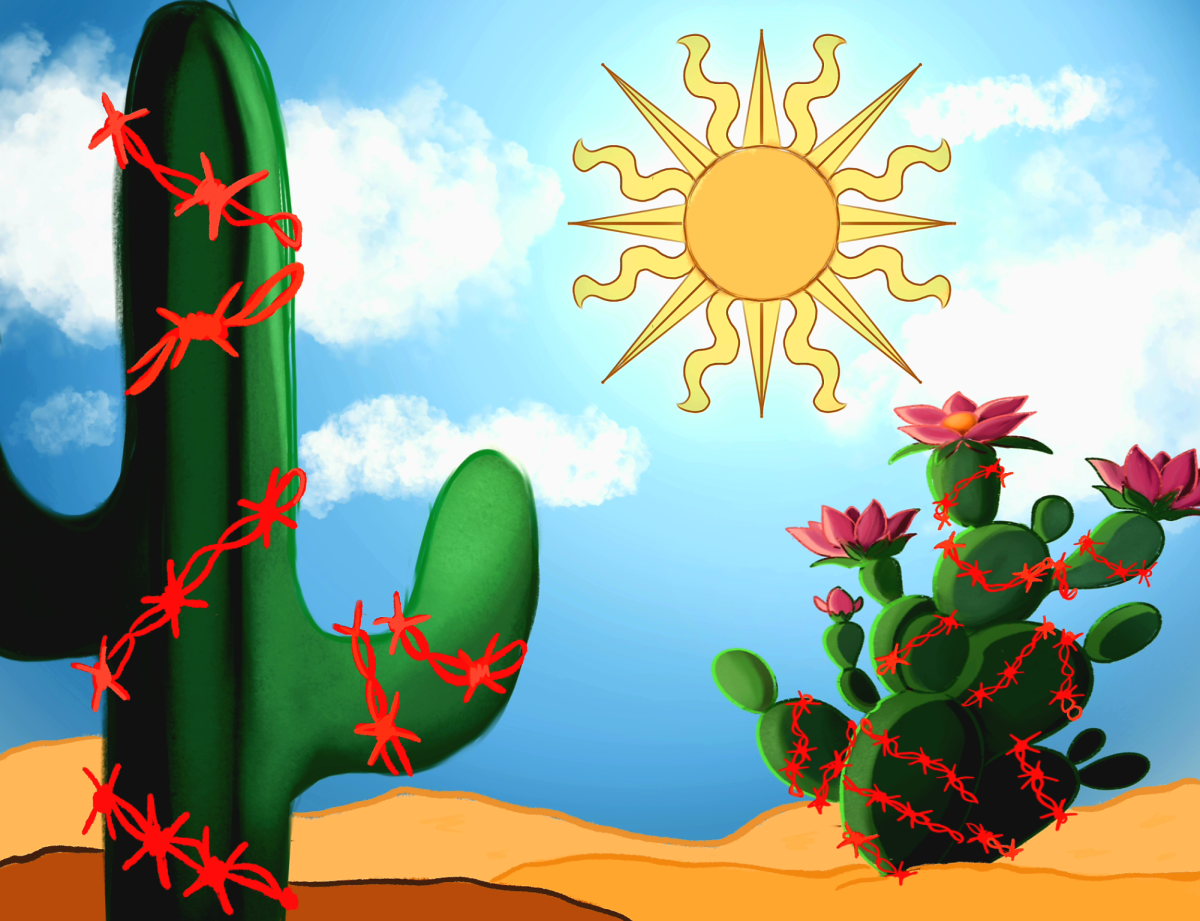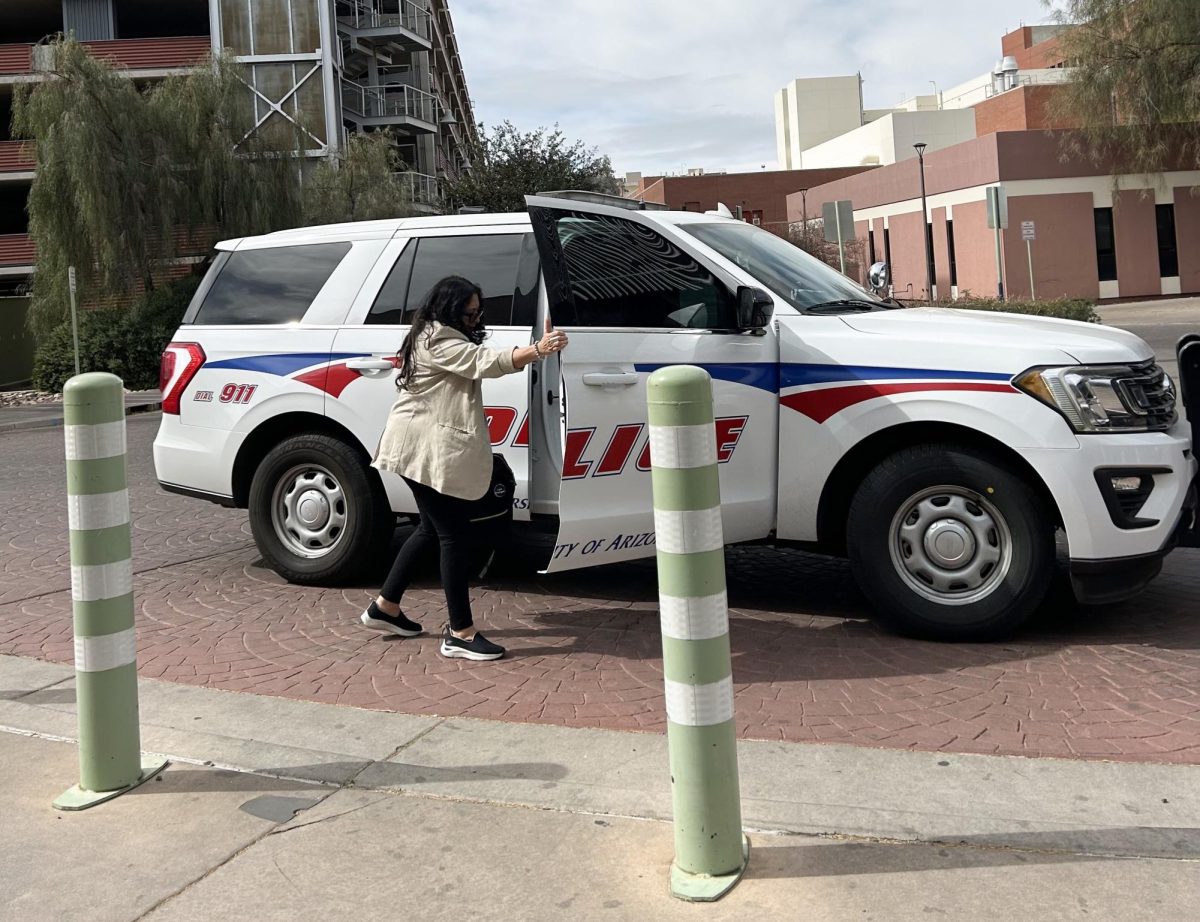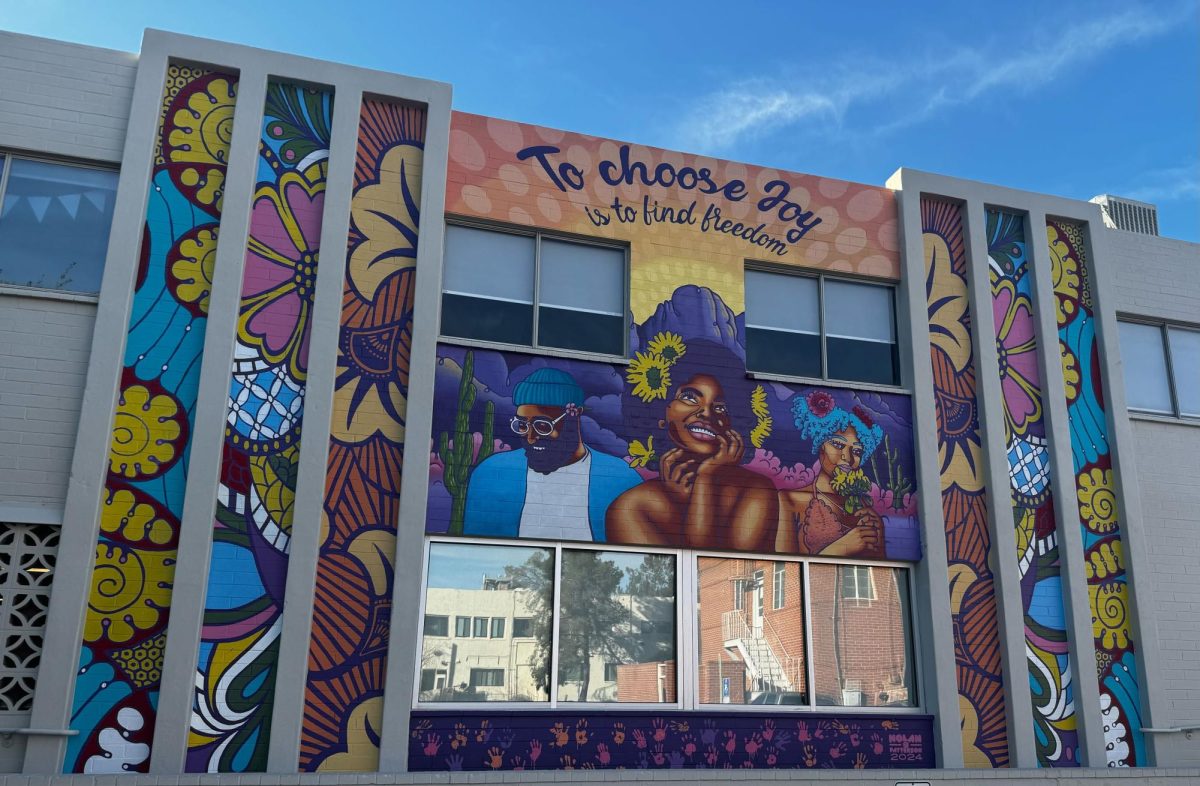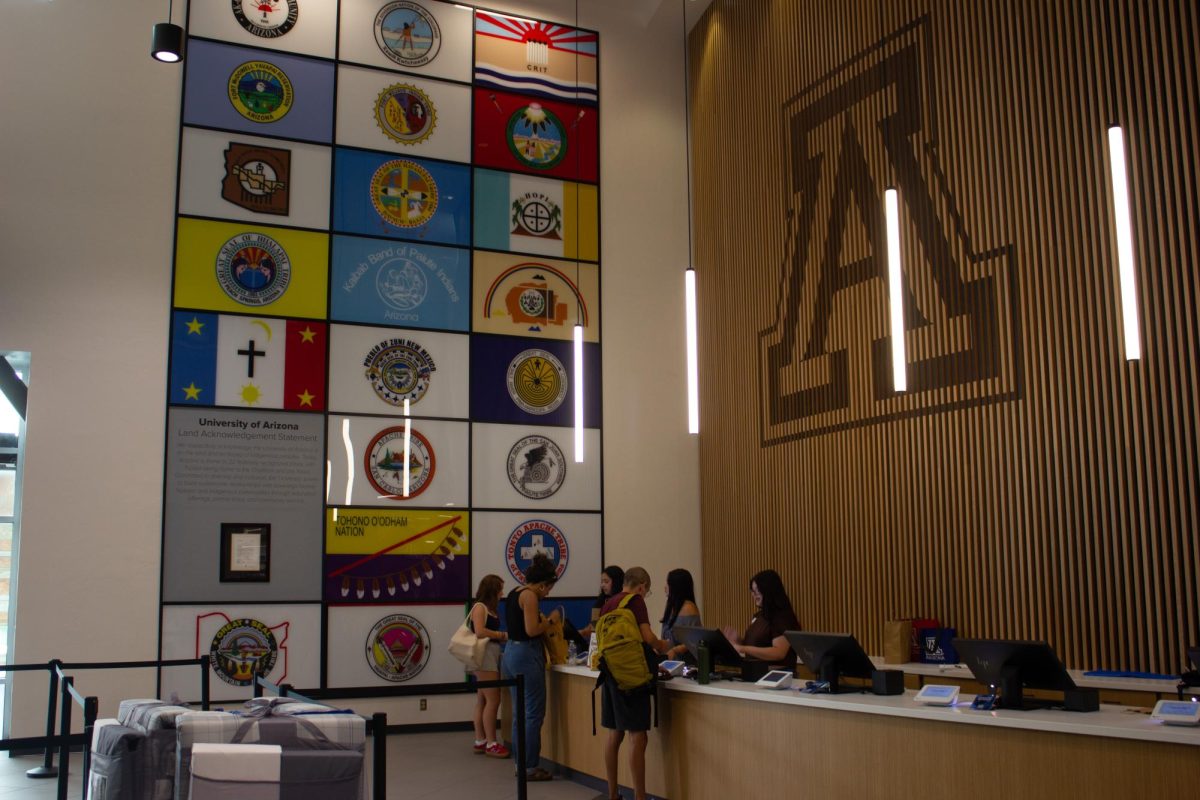Every five years, the nation’s top science experts gather together to work on the National Climate Assessment — the nation’s preeminent report on climate change impacts, risks and responses. This past year, six University of Arizona researchers helped author chapters ranging from ecosystems and biodiversity to water and human health for the Fifth National Climate Assessment.
As stated on its official website, the National Climate Assessment’s official purpose is to “provide the scientific foundation to support informed decision-making across the United States.” It accomplishes this through compiling and communicating research on the impacts, risks and vulnerabilities associated with a changing global climate in the form of various chapters.
The report is incredibly comprehensive — containing 32 chapters ranging from region-specific chapters, chapters on national topics like agriculture and air quality and chapters dedicated to responses like adaptation and mitigation.
For Theresa Crimmins — associate professor of phenology at UA and an author on the Ecosystems and Biodiversity chapter of the report — one of her main objectives during her writing process was to transform top-notch science research into something accessible, digestible and engaging for those trying to make positive change.
“There’s a huge disconnect between the ‘Earth is warming by 1.7 degrees, but I’m here right now, and so what?’” Crimmins said. She explained that the report “helps to build a bridge between huge scale changes in science down to what can be done at a more local scale.”
Crimmins’ sections of the report focused on ecosystems and biodiversity, which include topics like the impact of climate change on the reduction of habitat availability, the decrease in the variety of life on Earth and the negative consequences on ecosystem services like bacteria decomposing waste or bees pollinating flowers.
Laura Condon, an associate professor for hydrology and atmospheric science at UA and an author of the Water chapter of the report, explained that the development process for the National Climate Assessment actually starts years before publication and involves a group of about 30 or more people for each chapter.
“We really wanted to make sure we were being even-handed in the issues we were covering,” Condon said. “Whether we were saying too much about some things and missing other things, especially being the big Water chapter, was something we wanted to avoid.”
Condon’s sections of the Water chapter centered around groundwater, which is the water found underground in the cracks and spaces of soil, sand and rock. Some of the key issues she explored included how water added to groundwater might be changing due to the climate as well as the effects that increased irrigation demand might have on the groundwater supply.
The development process did not come without its challenges, however. Crimmins explained that figuring out how to concisely and effectively state her points was one of the biggest obstacles she faced throughout the process.
“It’s not unreasonable to say I spent hundreds of hours reviewing the literature to make sure that those very few words I could put together were as impactful and accurate as possible,” Crimmins said. “To feel like I was knowledgeable enough that I could select the most impactful few sentences to represent my topic matter was a real challenge.”
Despite the challenges, both Condon and Crimmins expressed how rewarding it was to be able to work on this report. Condon emphasized how she hopes this report can encourage people to think about where they’re getting their water from. “The more likely people are aware and connected to the systems that are generating the water you use, the more likely people will care about preserving and supporting those systems,” Condon said.
Crimmins highlighted how taking part in writing the report inspired a sense of hope. “It helped me realize that there are a lot of people that care — and care enough to put in a lot of time and effort to do the best we can at getting good information out for the natural resource managers, city planners or just folks at a small scale to use,” Crimmins said. Crimmins believes that “inspiring others to stay positive, reducing polarization and pointing fingers and putting our efforts into moving together into the positive direction feels like the right way to expend our energy.”
In addition to Crimmins and Condon, four other UA researchers took part in authoring various chapters of the report. Kacey Ernst is the lead of the COVID-19 and Climate Change chapter, Michael Kotutwa Johnson is an author of the Tribes and Indigenous Peoples chapter and Zack Guido and UA graduate student Amanda Leinberger are authors of the U.S. Caribbean chapter.
Follow the Daily Wildcat on Instagram and Twitter/X





